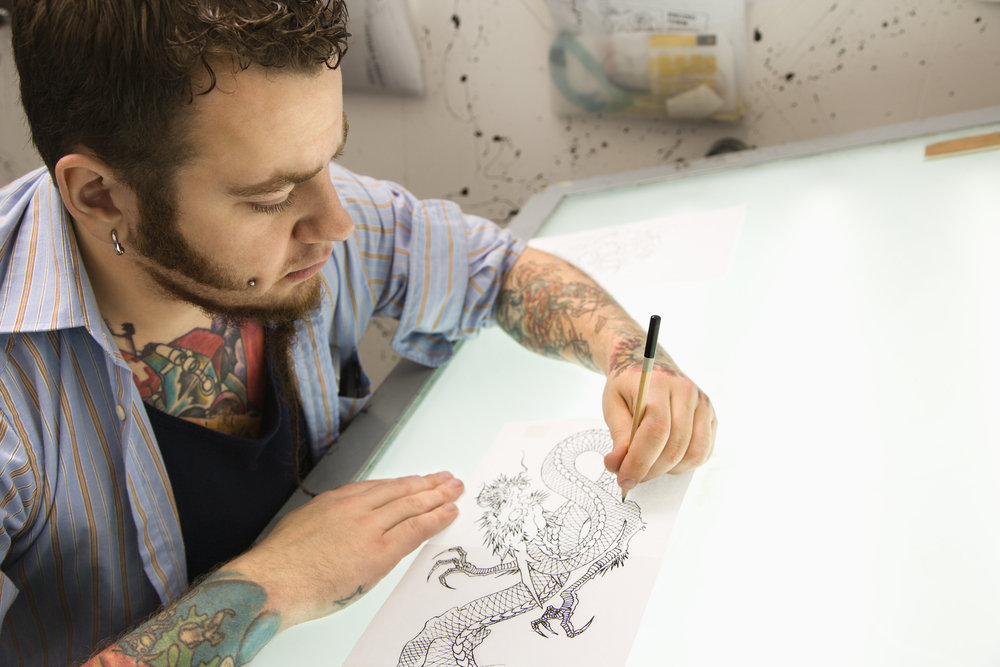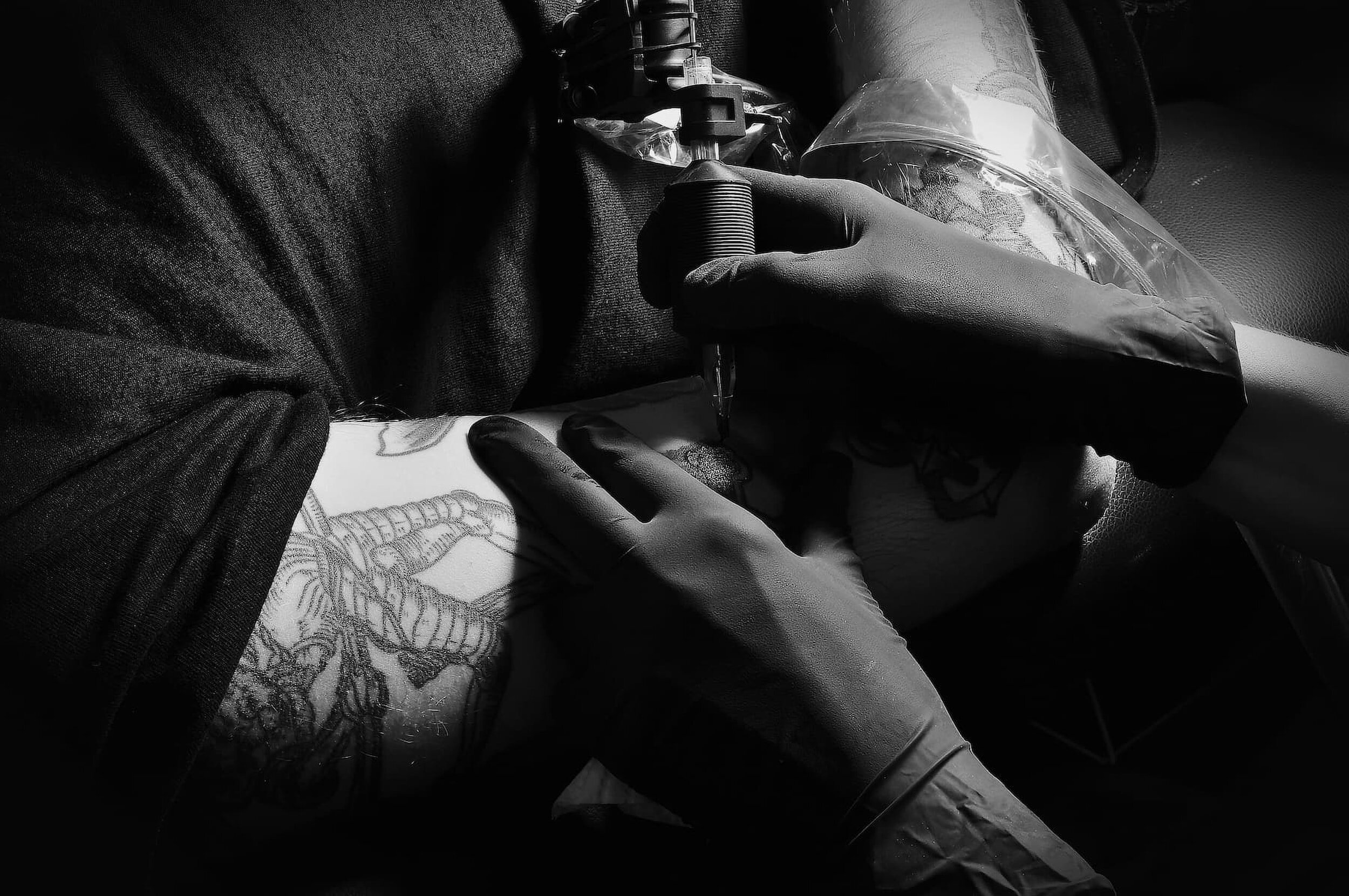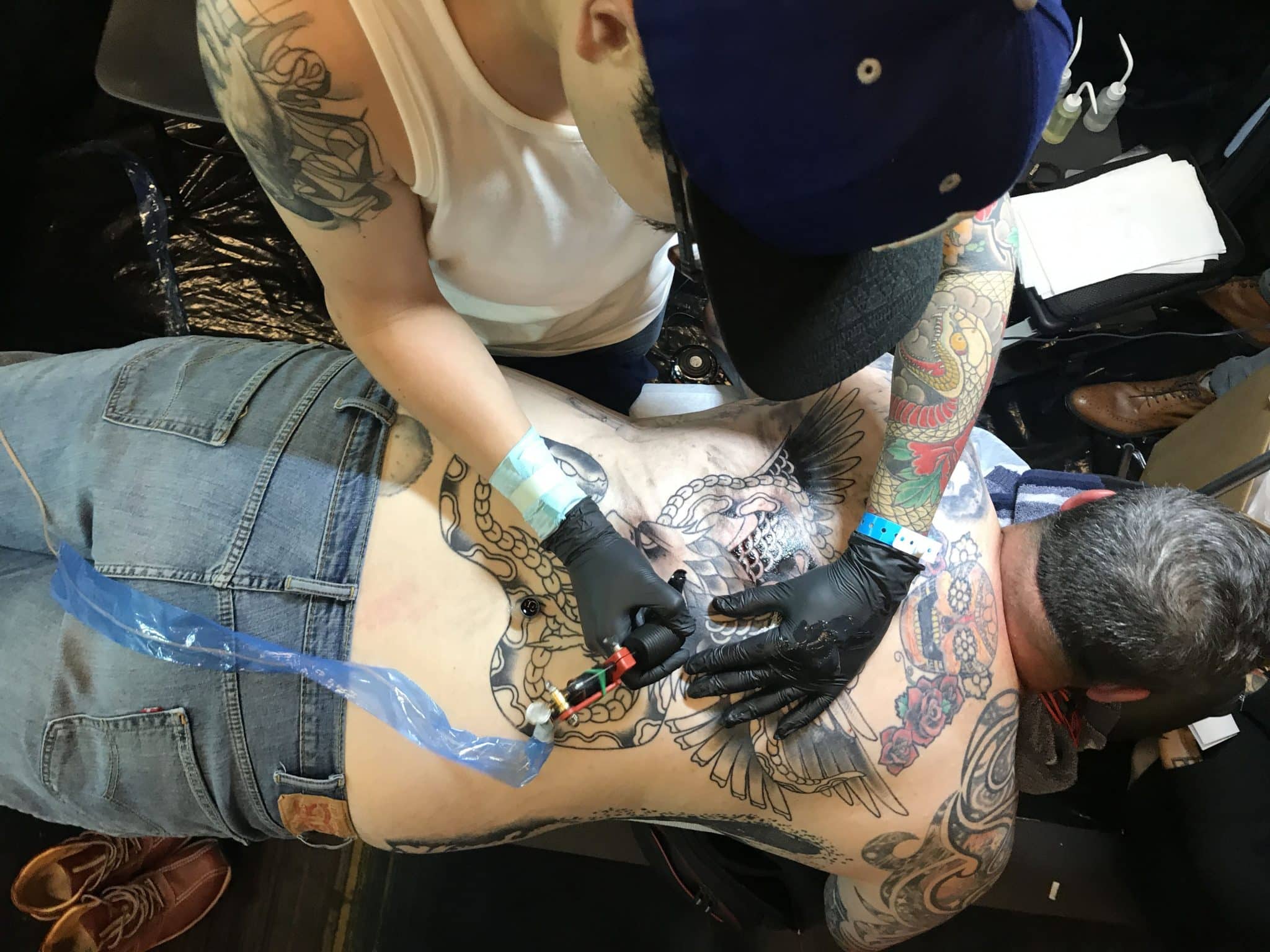Traditional tattoos are a great way to express yourself and show off your individual style. Before you commit to a design, consider a few style guides that have been around for centuries. Traditional tattoos have a long and varied history, and the style guides associated with them can help you ensure that your design is both meaningful and aesthetically pleasing.
Let’s start with a brief history
Tattoos have long been a part of the culture of those in the military and the maritime industry. The first American servicemen to embrace body art were sailors and soldiers, with tattoos as a form of identification in case they were killed in battle. Additionally, they were often used to carry symbols of protection and to remember home and loved ones.
By continuously journeying to different countries, they had the opportunity to experience various cultures and their corresponding styles and concepts. This directly impacted the development of flash and the icons we are so familiar with nowadays.
The electric tattoo machine, invented by Samuel O’Rielly, helped revolutionize the industry in 1891. Sam took Thomas Edison’s electric pen and modified it to create the forerunner of the machines now used worldwide.
By 1905, a man named Lew Alberts, known as Lew the Jew, was selling the first commercial tattoo flash sheets. With the invention of the tattooing machine and flash sheets, the business had been growing for tattooists, and the demand for new designs and more ideas became imminent. Soon this specific style of tattooing spread across borders and states, and as a result, we saw a unified aesthetic of Traditional Americana.
Traditional Tattoos: Style and Technique
- Bold Lines and Vivid Colors
One important aspect of traditional tattoos is the use of bold lines and vivid colors. In traditional designs, the lines are often thick and the colors are intense, which creates a striking visual effect. This means that the design should be carefully planned, as getting it wrong can result in a messy or unappealing design.
- Symmetry
When it comes to traditional tattoos, symmetry is also key. Many designs feature symmetrical patterns, and it is important to make sure that your design is balanced and aesthetically pleasing. This is where a style guide can be especially helpful, as it can provide guidelines on creating a balanced design.
- Line Weight
Finally, one of the most important aspects of traditional tattoos is using line weight. Line weight refers to the thickness of the lines used in a design, and this can be used to create depth and texture. Line weight can make a design look more dynamic and interesting when used correctly.
Conclusion
Traditional tattoos are an art form that has been used for centuries to convey messages, express different beliefs, and honor culture. They often feature bold outlines, vibrant colors, and symbols and imagery from the wearer’s culture. Style guides provide direction and guidance to tattooists and customers, helping ensure that the tattoos are as meaningful and beautiful as possible. Whether you’re getting a traditional tattoo for yourself or for someone else, it’s important to research and understand the style guide and the symbolism behind the design.
Are you planning to get a traditional tattoo in Buffalo, NY? Look no further than Lucky Deville Tattoo Co. we specialize in state-of-the-art tattooing. Whether it be full color, black, and grayscale, or photo-realistic portrait work, Lucky DeVille is the place to be. Call us today!



